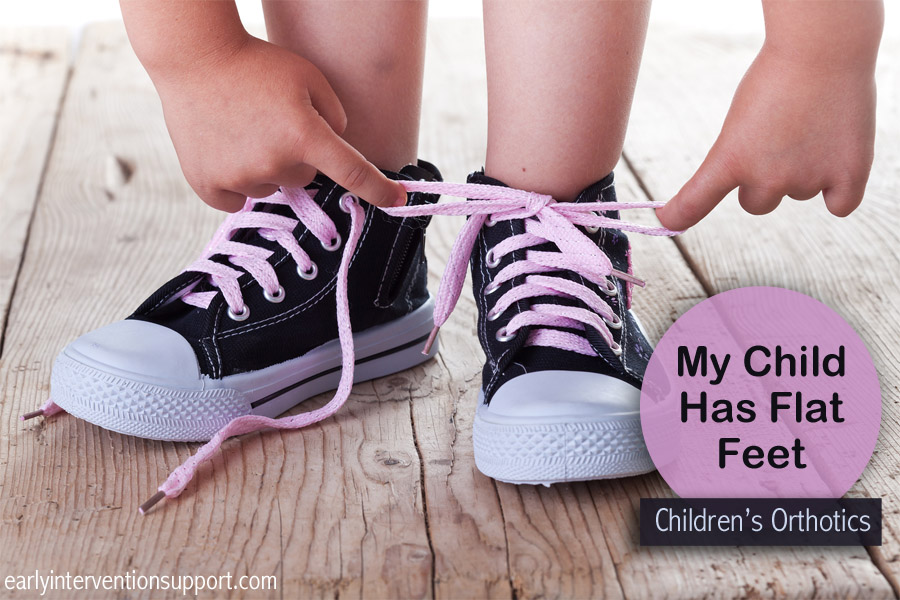As a physical therapist, I receive questions surrounding orthotics quite frequently. Parents and caregivers may have heard from other parents about his or her child wearing orthotics for “flat feet.” Some physicians might recommend orthotics, while others believe the child will “grow out of it.”
Consider the following questions and discuss them with your physical therapist prior to pursuing any children’s orthotics:
- Age of your child: typically a child who is not yet putting weight on his or her feet, is not appropriate for orthotics of this style. Weight bearing, however, is not only defined by walking; sitting with weight shifting forward, standing, and cruising are all forms of bearing weight through the feet.
- Muscle tone of your child: if you are unsure, discuss this further with your physical therapist or physician. He or she can help you determine whether your child has normal, high, or low muscle tone, which would then direct you to the appropriate type of orthotic if necessary.
- Strength of your child’s feet and ankles: if you notice that your child seems to have difficulty standing with his or her feet in a “neutral” position, that he or she stands with more weight through some parts of the feet versus others, or that his or her tolerance for standing is not good, discuss possible causes with your physical therapist.
- Physical abilities of your child: ask your physical therapist what the normal gross motor skills are for a child of his or her age. Determine whether your child has an easy time completing these skills, or if he or she might be able to complete a task easier and in a more energy efficient manner by wearing orthotics.
It is also important to note that in typically developing children, an arch in the foot is not yet developed until between the ages of two and three. Before then, a child’s foot will look different than an adult’s, both in sitting and in weight bearing positions. This does not necessarily mean that your child is not a good candidate for orthotics, but is simply a variable that should be taken into consideration.
Obtaining Orthotics
If your child is a good candidate for orthotics, whether it be for “flat feet” or some other condition, your physical therapist can direct you on the next steps. Your child will require a prescription from a physician if the orthotic is to be covered by insurance; however, there are “off the shelf” options that may be appropriate as well. Your child may also require a letter of medical necessity if the orthotic is to be covered by insurance.
Lastly, it is important for you as the parent or caregiver, your physical therapist, and your orthotist, to have open communication about the ideal orthotic for your child. Orthotics can be a big commitment for some families, as they are worn daily, and only in certain shoe styles. It is critical for all members of the team to be in agreement so that the child may receive the best outcome possible to continue to promote his or her development.
By: Dusanee Weinheimer PT, DPT

